GPCR/G protein

All GPCRs share a common seven trans-membrane structure. GPCRs are associated with heterotrimeric G-proteins which are GTP-binding proteins made of alpha, beta, and gamma subunits. When a ligand binds to GPCR, it activates the attached G-protein, the GDP is replaced with GTP. The activated G-protein then dissociates into an alpha and a beta-gamma complex which activates downstream signaling pathways. These intracellular signaling pathways include cAMP/PKA, calcium/NFAT, phospholipase C, protein tyrosine kinases, MAP kinases, PI-3-kinase, nitric oxide/cGMP, Rho, and JAK/STAT.
GPCRs are one of the most important therapeutic targets for various diseases, over 30% of all modern medicinal drugs target this family. Aberrant GPCR functions are involved in pathological conditions such as neurological, immunological and hormonal disorders. A large number of GPCRs have been identified, but whose ligands are not known, are classified as orphan receptors.
-
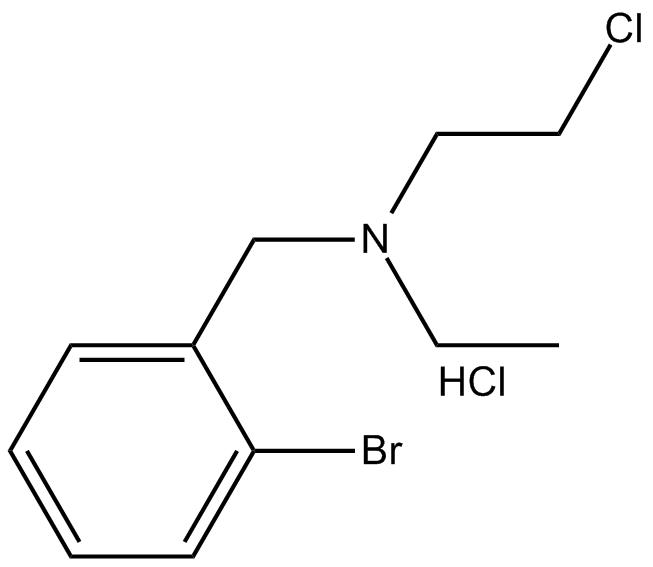 B7232 DSP-4Summary: Adrenergic neurotoxin
B7232 DSP-4Summary: Adrenergic neurotoxin -
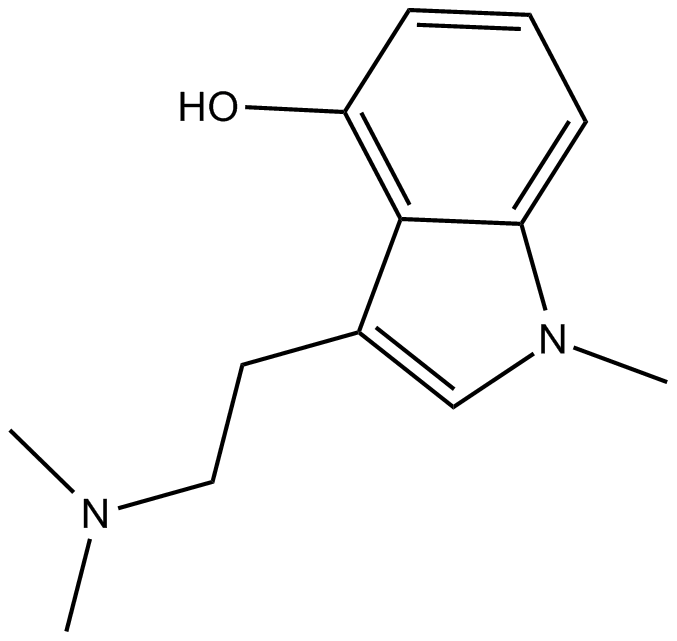 B7244 1-MethylpsilocinSummary: 5-HT2C agonist,potent and selective
B7244 1-MethylpsilocinSummary: 5-HT2C agonist,potent and selective -
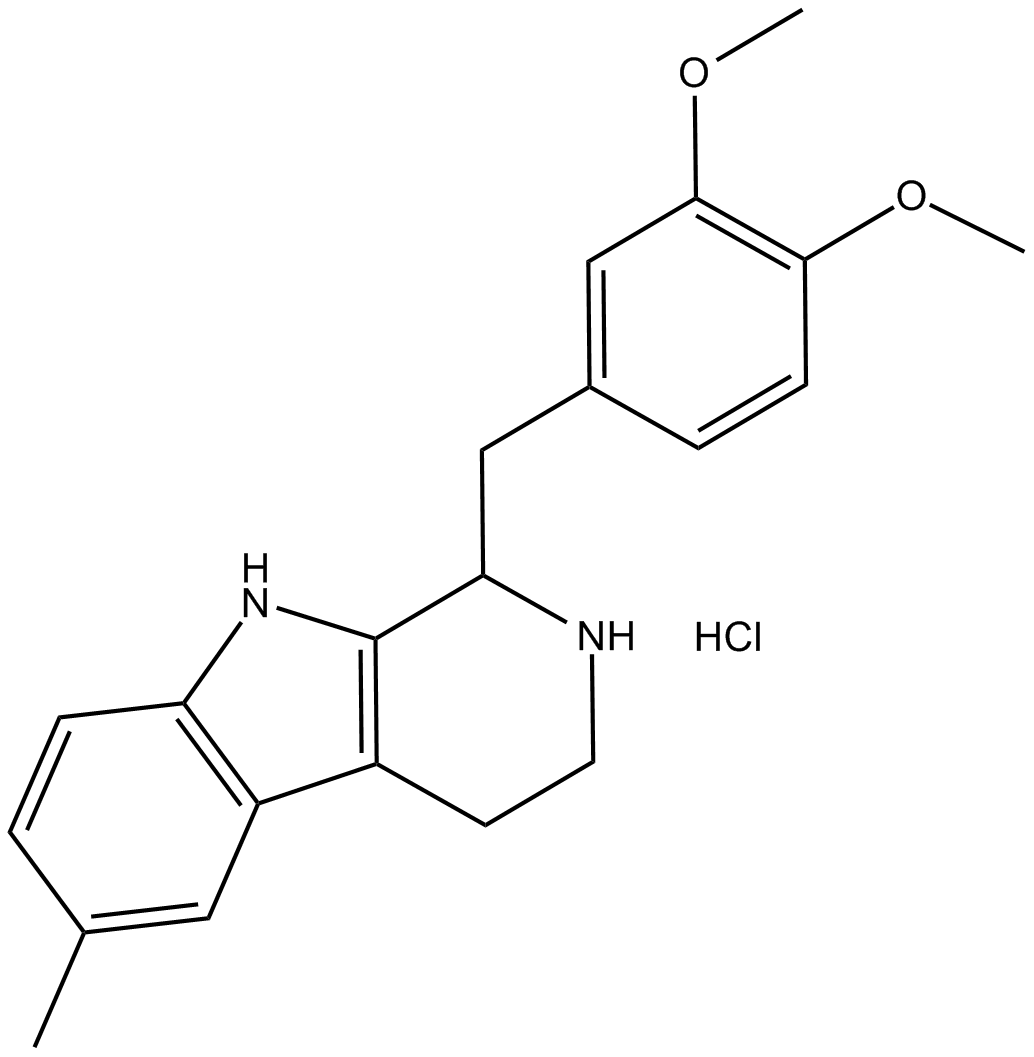 B7266 LY 272015 hydrochlorideSummary: 5-HT2B receptor antagonist
B7266 LY 272015 hydrochlorideSummary: 5-HT2B receptor antagonist -
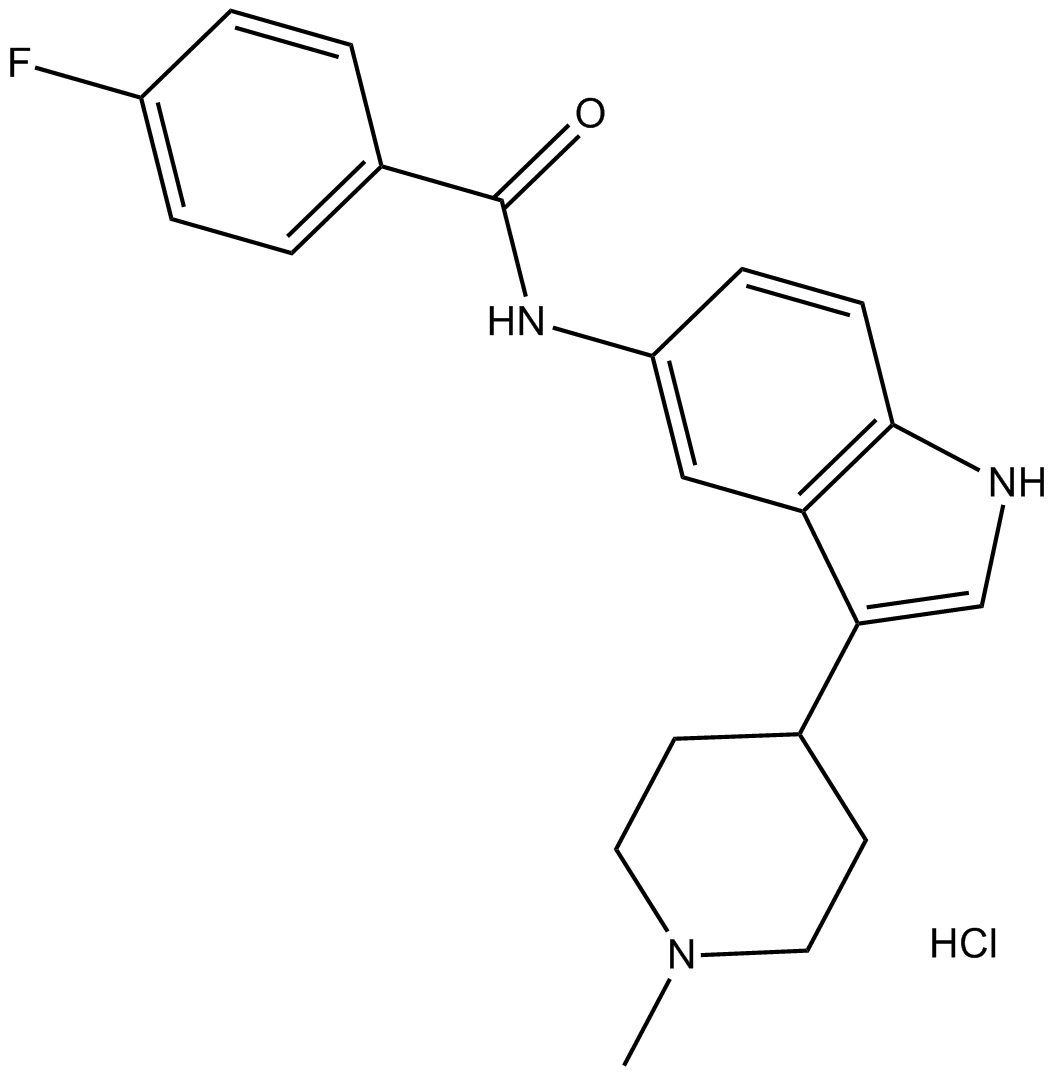 B7267 LY 334370 hydrochlorideSummary: 5-HT1F receptor agonist
B7267 LY 334370 hydrochlorideSummary: 5-HT1F receptor agonist -
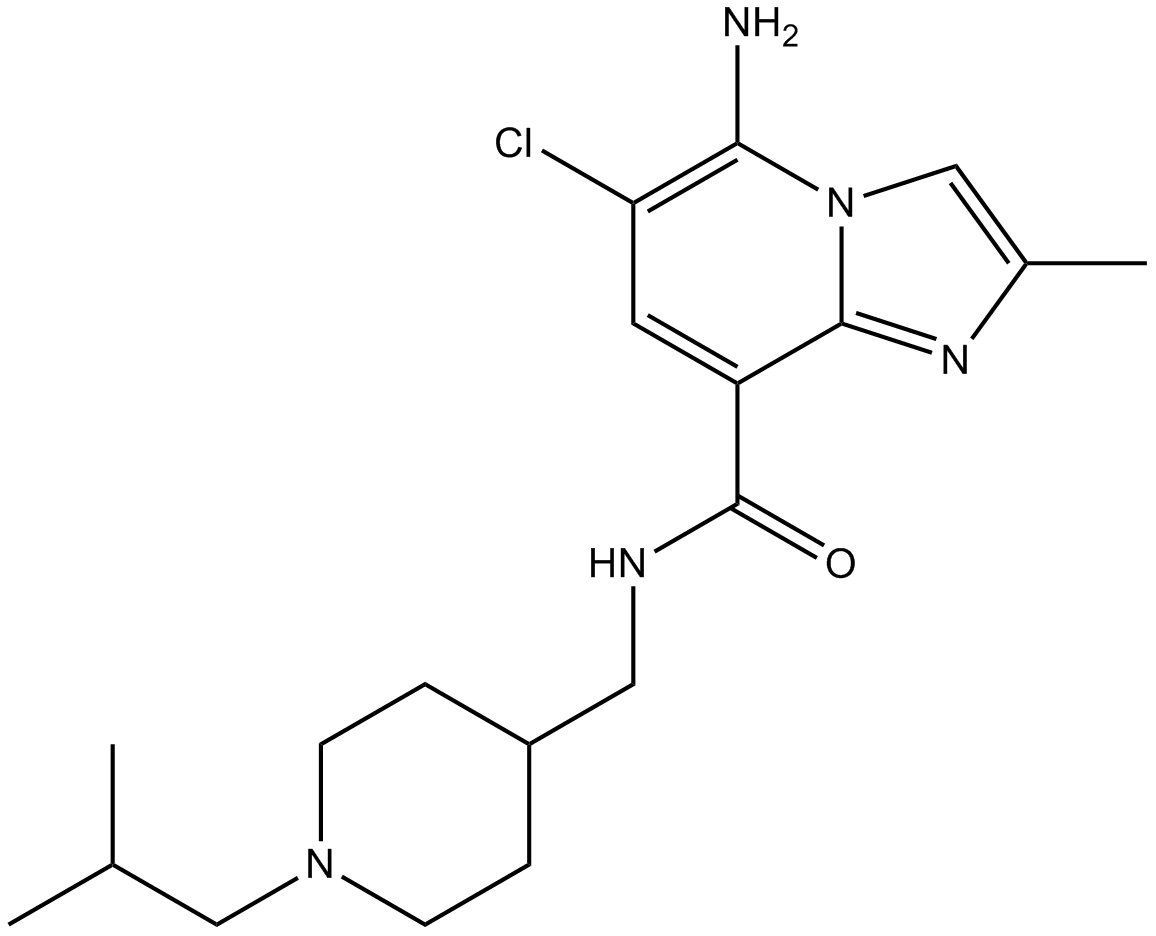 B7270 CJ 033466Summary: 5-HT4 partial agonist
B7270 CJ 033466Summary: 5-HT4 partial agonist -
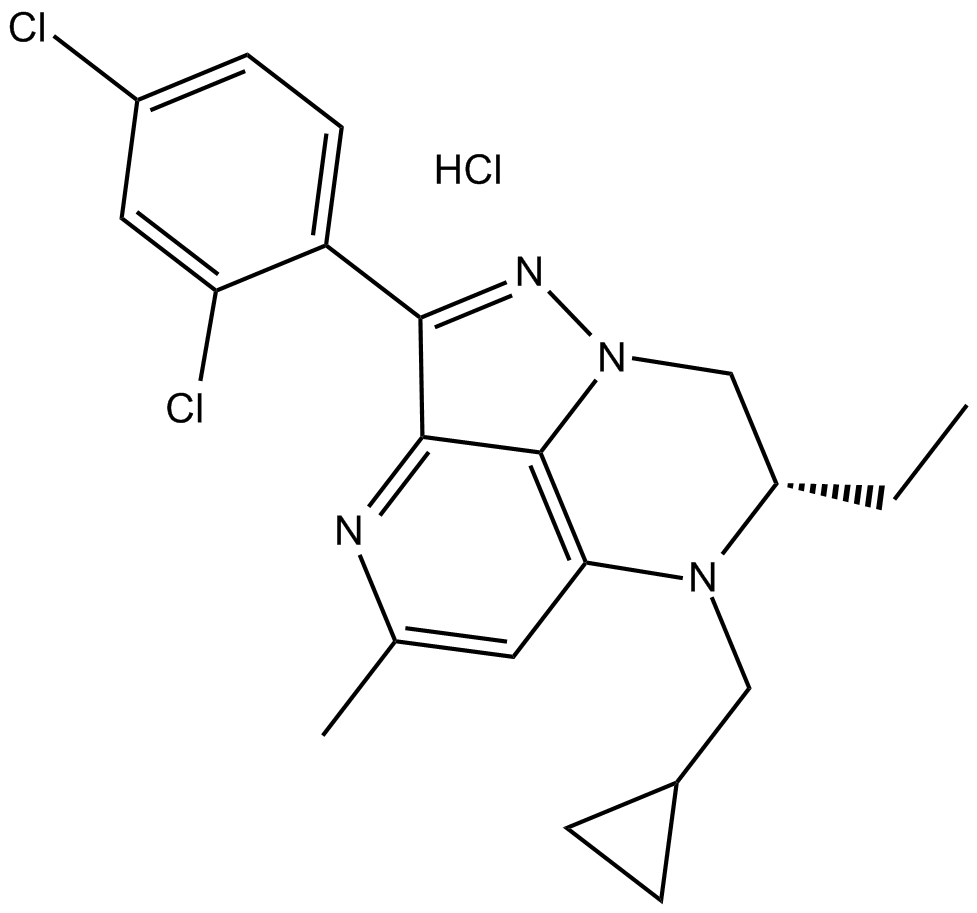 B7275 NBI 35965 hydrochlorideTarget: CRF1 ReceptorsSummary: CRF1 antagonist
B7275 NBI 35965 hydrochlorideTarget: CRF1 ReceptorsSummary: CRF1 antagonist -
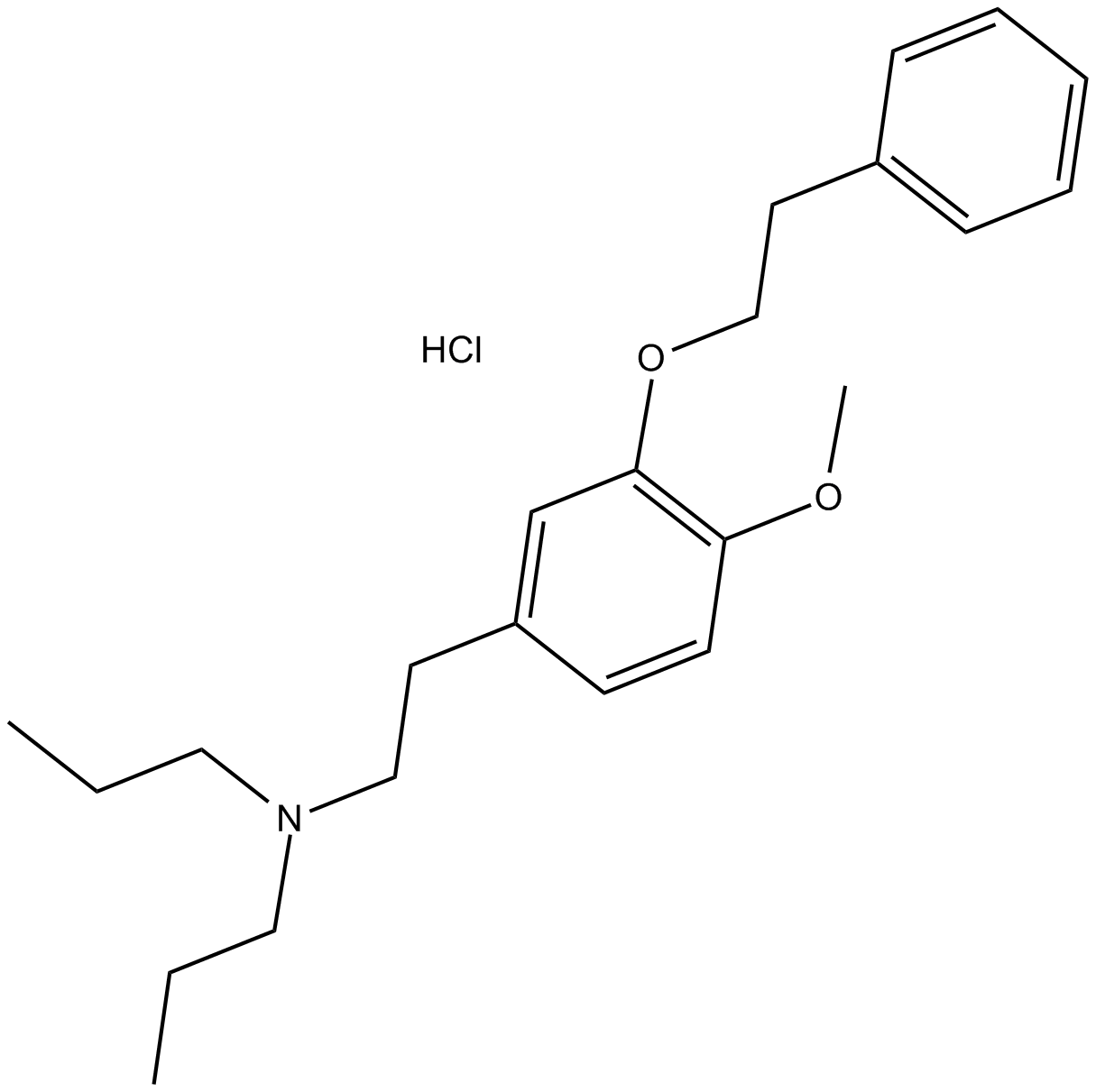 B7281 NE 100 hydrochlorideSummary: σ1 receptor antagonist
B7281 NE 100 hydrochlorideSummary: σ1 receptor antagonist -
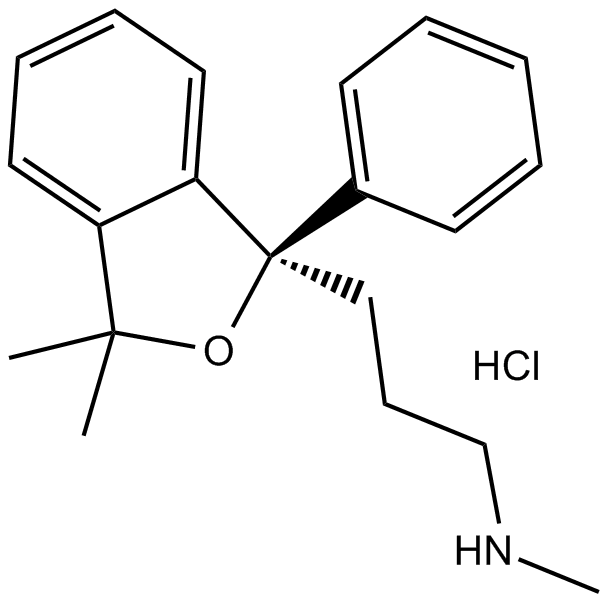 B7287 Talopram hydrochlorideSummary: noradrenalin transporter (NET) inhibitor
B7287 Talopram hydrochlorideSummary: noradrenalin transporter (NET) inhibitor -
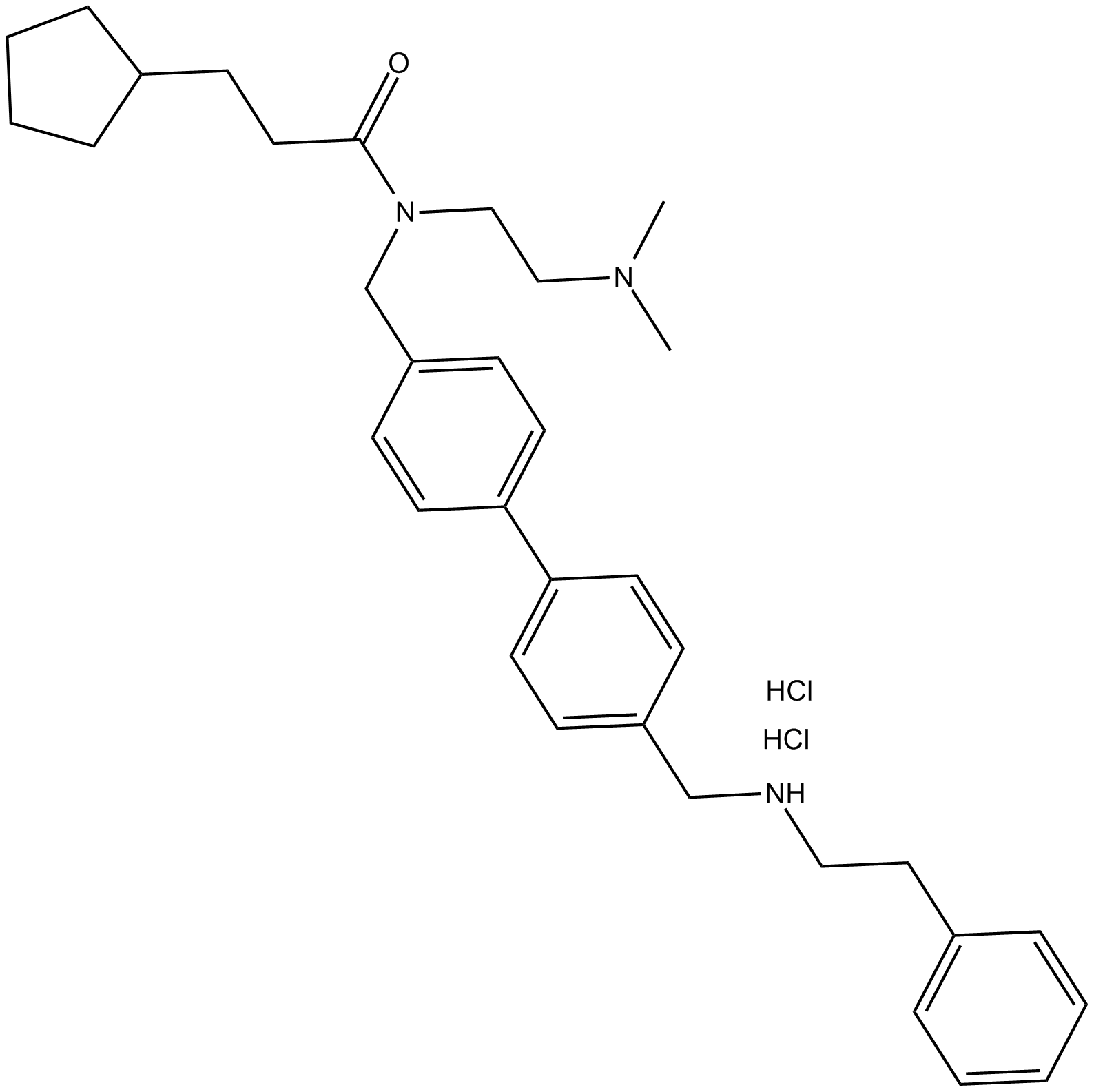 B7308 SB 699551Summary: 5-ht5a receptor antagonist
B7308 SB 699551Summary: 5-ht5a receptor antagonist -
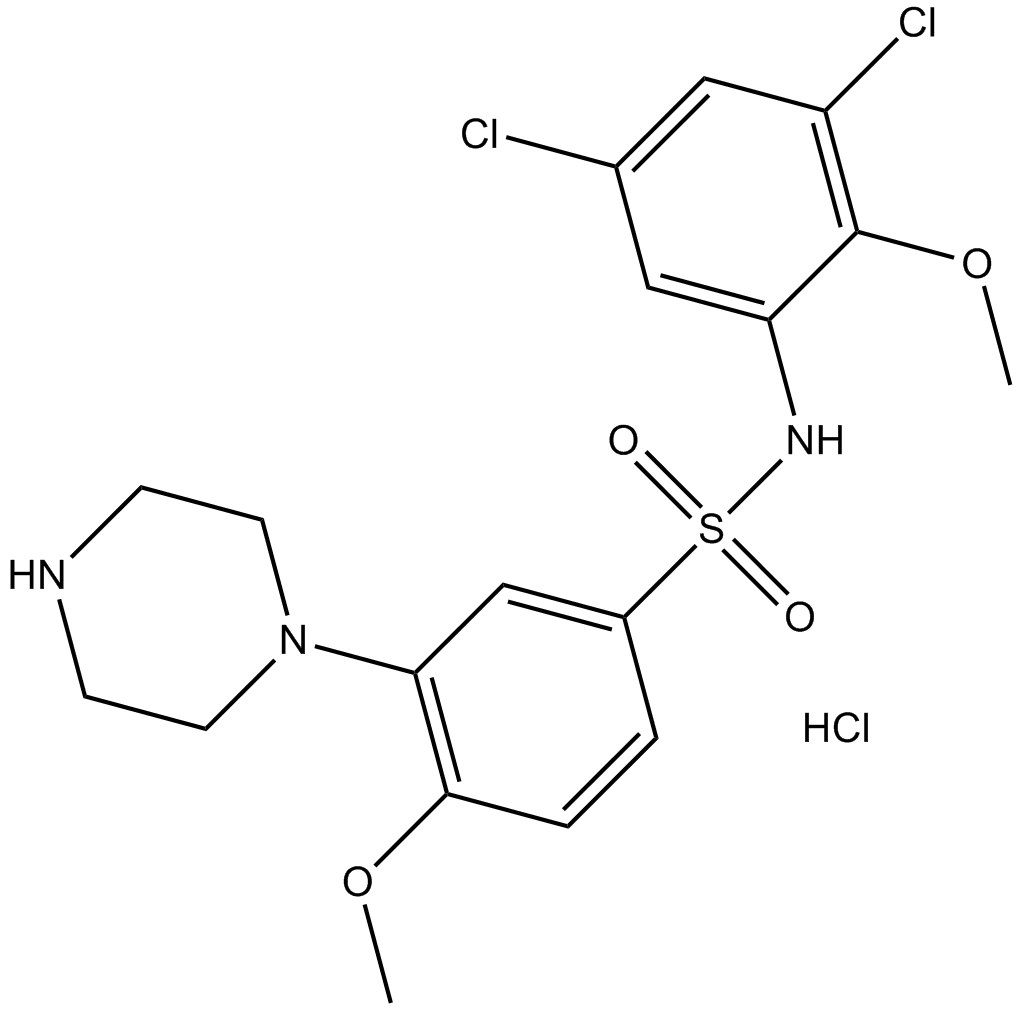 B7309 SB 399885 hydrochlorideSummary: 5-HT6 antagonist
B7309 SB 399885 hydrochlorideSummary: 5-HT6 antagonist

